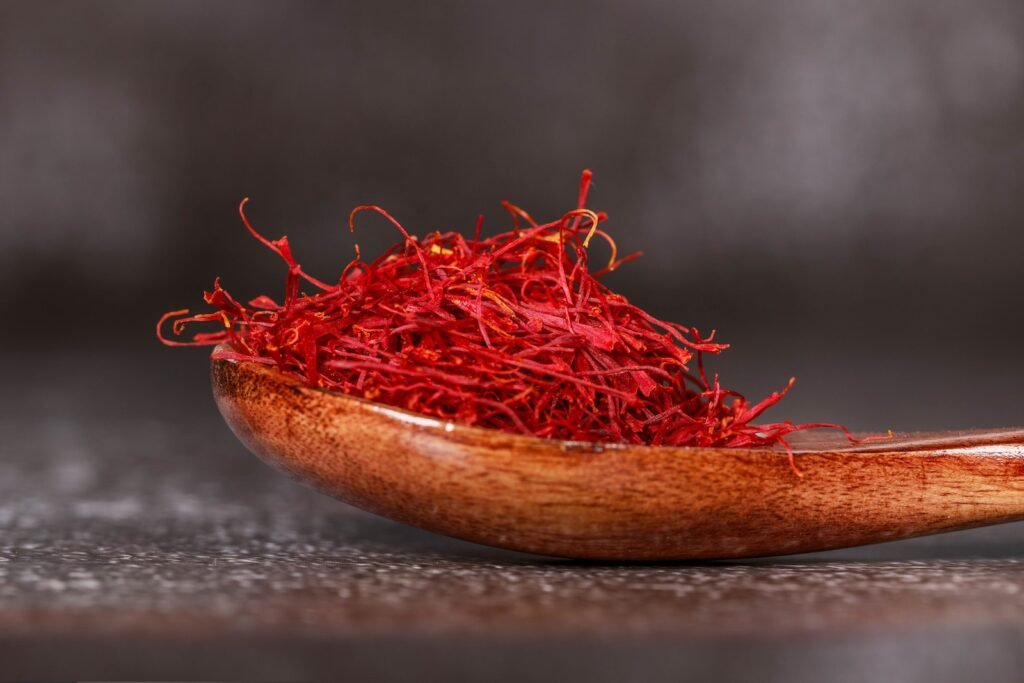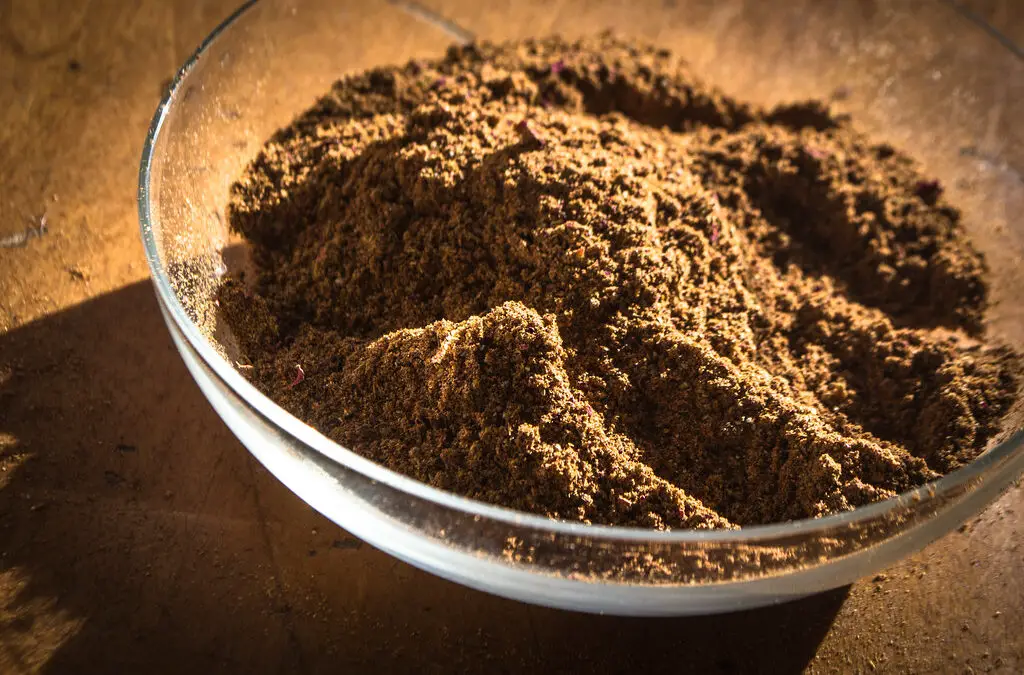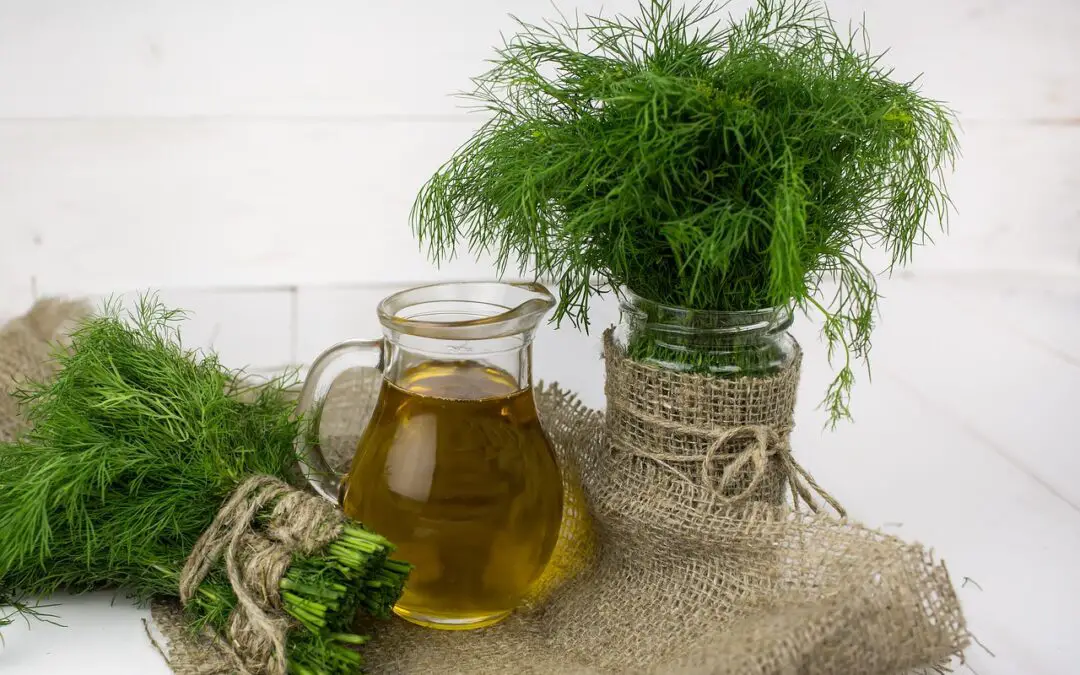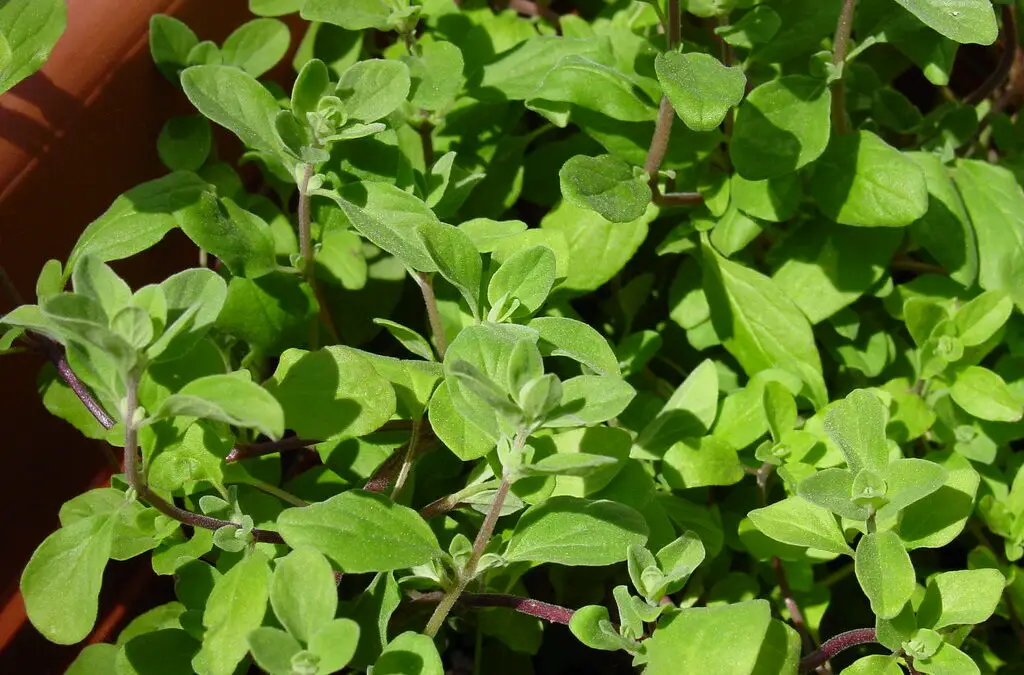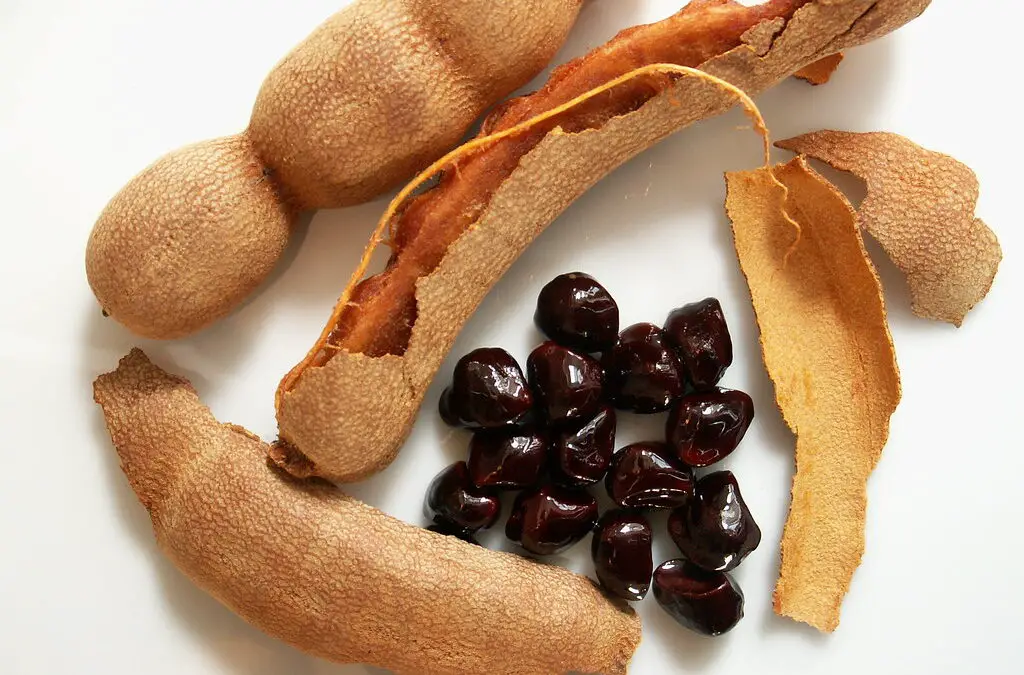Saffron spice is a highly prized spice that is known for its unique flavor and vibrant color. It is derived from the dried stigmas of the Crocus sativus flower, native to Southwest Asia. Saffron has been used in cooking and medicine for thousands of years and is still highly valued today.
One of the reasons saffron is so highly prized is its labor-intensive harvesting process. Each Crocus sativus flower produces only three stigmas, which must be hand-picked and carefully dried. It takes around 75,000 flowers to produce just one pound of saffron, making it one of the most expensive spices in the world.
In addition to its culinary uses, saffron has also been used for medicinal purposes throughout history. It has been said to have many health benefits, from improving mood to reducing inflammation. While more research is needed to fully understand the medicinal properties of saffron, it remains a popular ingredient in traditional medicine practices around the world.
Origins of Saffron Spice
Saffron is a spice that has been used for thousands of years in various cultures around the world. The spice is known for its distinct flavor, aroma, and vibrant color, which has made it a popular ingredient in many dishes.
Historians believe that saffron has been cultivated for over 3,500 years, with the first recorded use of the spice dating back to ancient Persia. The Persians, who were known for their love of luxury and opulence, used saffron in many of their dishes, as well as in perfumes and medicines.
From Persia, the use of saffron spread to other parts of the world, including India, Europe, and North Africa. In India, saffron was used as a dye for clothing, as well as in religious ceremonies. In Europe, saffron was used primarily as a spice, and was highly valued for its culinary and medicinal properties.
Today, saffron is still cultivated in many parts of the world, including Iran, Spain, India, and Greece. It is a labor-intensive crop, as each flower must be hand-picked and the stigmas carefully separated. This makes saffron one of the most expensive spices in the world, with prices ranging from $500 to $5,000 per pound.
Despite its high cost, saffron continues to be a popular ingredient in many dishes, particularly in Mediterranean, Middle Eastern, and Indian cuisine. It is also used in traditional medicine to treat a variety of ailments, including depression, anxiety, and menstrual cramps.
Health Benefits of Saffron Spice
Antioxidant Properties
Saffron is a spice that is known for its antioxidant properties. Antioxidants are substances that protect the body from damage caused by harmful molecules called free radicals. Saffron contains several compounds that act as antioxidants, including crocin, crocetin, and safranal.
Studies have shown that saffron can help protect the body from oxidative stress, which is a condition that occurs when there is an imbalance between free radicals and antioxidants in the body. Oxidative stress has been linked to a number of health problems, including cancer, heart disease, and Alzheimer’s disease.
Mental Health Benefits
Saffron has been used for centuries to treat a variety of mental health conditions, including depression, anxiety, and insomnia. Recent studies have shown that saffron may be effective in treating these conditions.
One study found that saffron was as effective as a commonly prescribed antidepressant medication in treating mild to moderate depression. Another study found that saffron was effective in reducing symptoms of anxiety in people with generalized anxiety disorder.
Digestive Health Benefits
Saffron has also been shown to have digestive health benefits. It has been used to treat a variety of digestive problems, including bloating, gas, and indigestion.
One study found that saffron was effective in reducing symptoms of irritable bowel syndrome (IBS), a common digestive disorder. Another study found that saffron was effective in reducing symptoms of ulcerative colitis, an inflammatory bowel disease.
In conclusion, saffron is a spice that has a number of health benefits, including antioxidant properties, mental health benefits, and digestive health benefits. While more research is needed to fully understand the extent of these benefits, saffron is a safe and natural way to support overall health and well-being.
Culinary Uses of Saffron Spice
Saffron is a popular spice in Middle Eastern cuisine, known for its unique flavor and vibrant color. It has been used for centuries in a variety of dishes, from savory stews to sweet desserts. Here are some common culinary uses of saffron in Middle Eastern cooking:
In Cooking
Saffron is often used to add flavor and color to rice dishes, such as biryani or paella. It can also be added to soups and stews, such as the popular Persian dish, khoresh gheymeh. In this dish, saffron is combined with yellow split peas, beef, and tomatoes to create a hearty and aromatic stew.
In Baking
Saffron can be used in a variety of sweet baked goods, such as cakes, cookies, and puddings. In Middle Eastern cuisine, it is often used in a type of bread called saffron bread, which is made with flour, yeast, milk, and saffron. The saffron gives the bread a golden color and a unique flavor that pairs well with sweet or savory toppings.
In Beverages
Saffron is also used to flavor a variety of beverages, from tea to cocktails. In Middle Eastern cuisine, it is often used in a popular drink called saffron sharbat. This drink is made by steeping saffron in hot water, then adding sugar and lemon juice to create a refreshing and aromatic beverage.
Overall, saffron is a versatile spice that can be used in a variety of dishes and beverages. Its unique flavor and color make it a popular ingredient in Middle Eastern cuisine.
Buying and Storing Saffron Spice
Selection
When buying saffron spice, it is important to look for high-quality threads that are deep red in color with a slightly lighter orange-red tip. The threads should be dry and brittle, and should break easily when rubbed between your fingers. Avoid saffron that is too bright red, as this may indicate that it has been dyed or is of lower quality.
It is also important to consider the origin of the saffron. The best saffron comes from Iran, where it has been traditionally grown for centuries. However, saffron is also grown in other countries such as Spain and India, so be sure to research the source before making a purchase.
Storage
To ensure that saffron retains its flavor and aroma, it is important to store it properly. The best way to store saffron is in an airtight container in a cool, dark place. Avoid storing saffron in direct sunlight or near sources of heat, as this can cause it to lose its flavor and aroma.
It is also important to keep saffron away from moisture, as this can cause it to clump together and lose its potency. To prevent this, some people recommend storing saffron with a few grains of rice, which can help absorb any excess moisture.
When stored properly, saffron can last up to two years. However, it is best to use it within six months to ensure that it retains its full flavor and aroma.
In summary, when buying saffron, look for high-quality threads that are deep red in color and consider the origin. When storing saffron, keep it in an airtight container in a cool, dark place and away from moisture. With proper storage, saffron can last up to two years.
Saffron Spice in Culture and History
In Literature
Saffron has been mentioned in literature throughout history, from ancient Greek and Roman texts to modern-day novels. It is often used as a symbol of luxury, wealth, and passion. In Middle Eastern literature, saffron is frequently mentioned as a spice used in cooking and as a medicinal herb. The Persian literature refers to saffron as “red gold” and is considered a valuable commodity.
In Art
Saffron has also been an important part of art throughout history. It has been used in paintings, tapestries, and other forms of art to represent wealth and luxury. In Middle Eastern art, saffron is often depicted in intricate patterns and designs. It is also used in traditional Persian miniature paintings as a pigment to create vibrant colors.
Saffron’s cultural significance extends beyond literature and art. It has been used in religious ceremonies and rituals for centuries. In Hinduism, saffron is considered a sacred color and is used in religious ceremonies. In Islam, saffron is mentioned in the Quran as a spice with medicinal properties.
Overall, saffron has played an important role in Middle Eastern culture and history. Its use in literature, art, and religion has made it a symbol of luxury, wealth, and passion.
Conclusion
Saffron spice is a highly valued ingredient in Middle Eastern cuisine. Its unique flavor and aroma make it a popular choice for dishes ranging from savory to sweet.
In addition to its culinary uses, saffron also has potential health benefits. Research suggests that saffron may help with mood regulation, memory function, and even vision health. However, more studies are needed to confirm these potential benefits.
When using saffron in cooking, it is important to use it sparingly as it is a potent spice. It is also important to purchase high-quality saffron from a reputable source to ensure that you are getting the real thing.
Overall, saffron is a versatile and valuable spice that adds a unique touch to Middle Eastern dishes. Whether you are making a savory rice dish or a sweet dessert, a pinch of saffron can take your dish to the next level.

